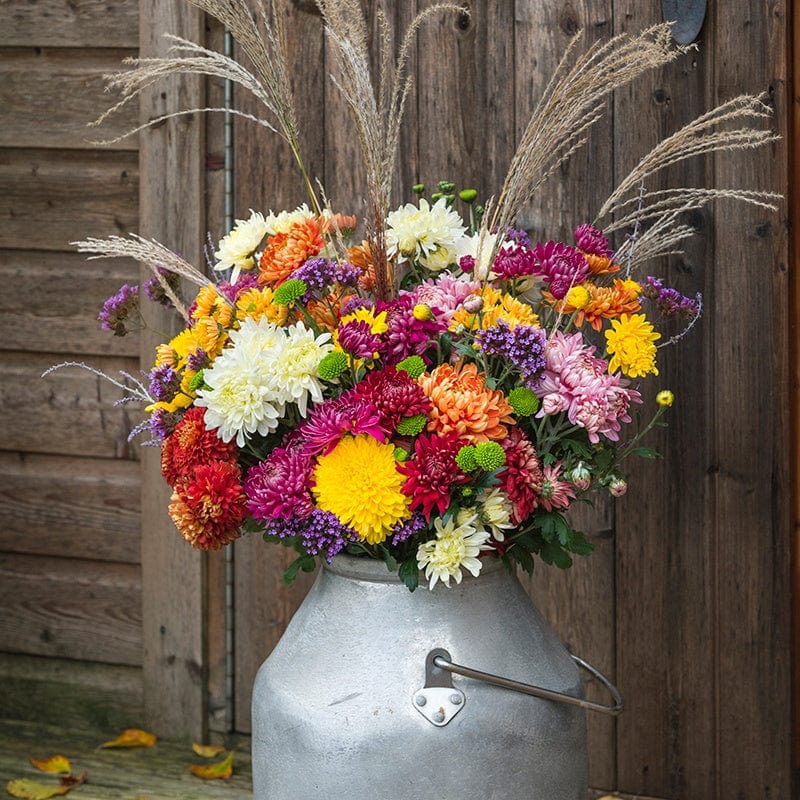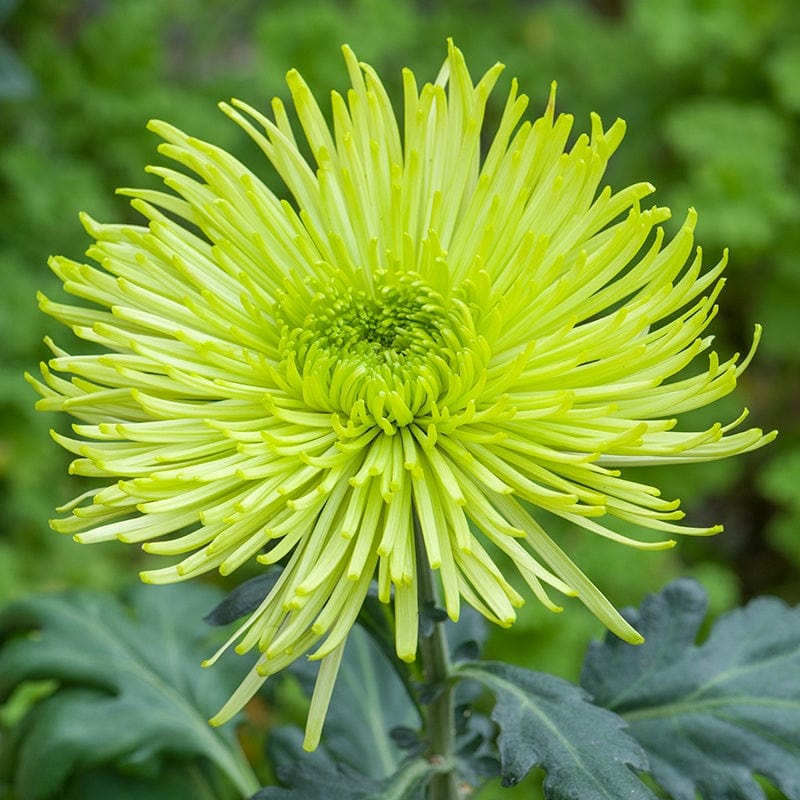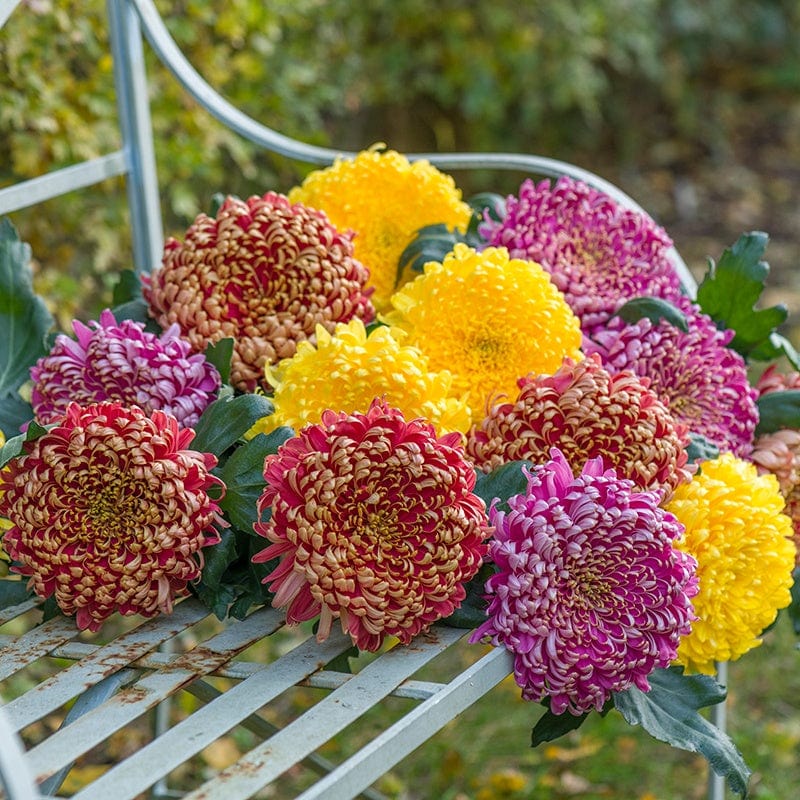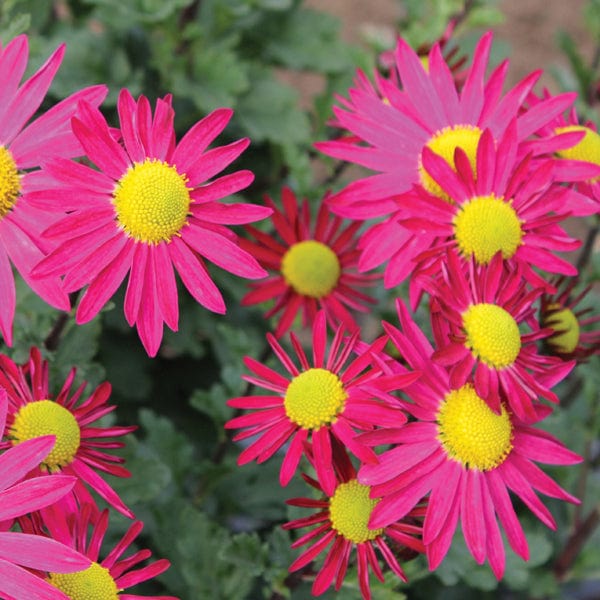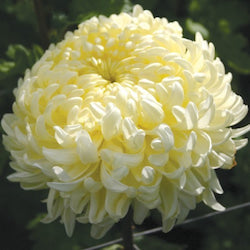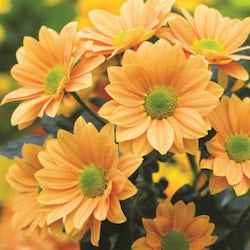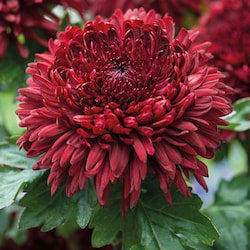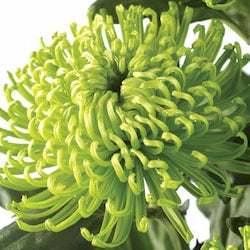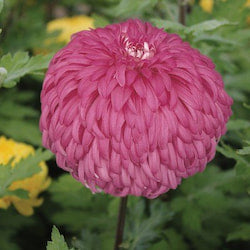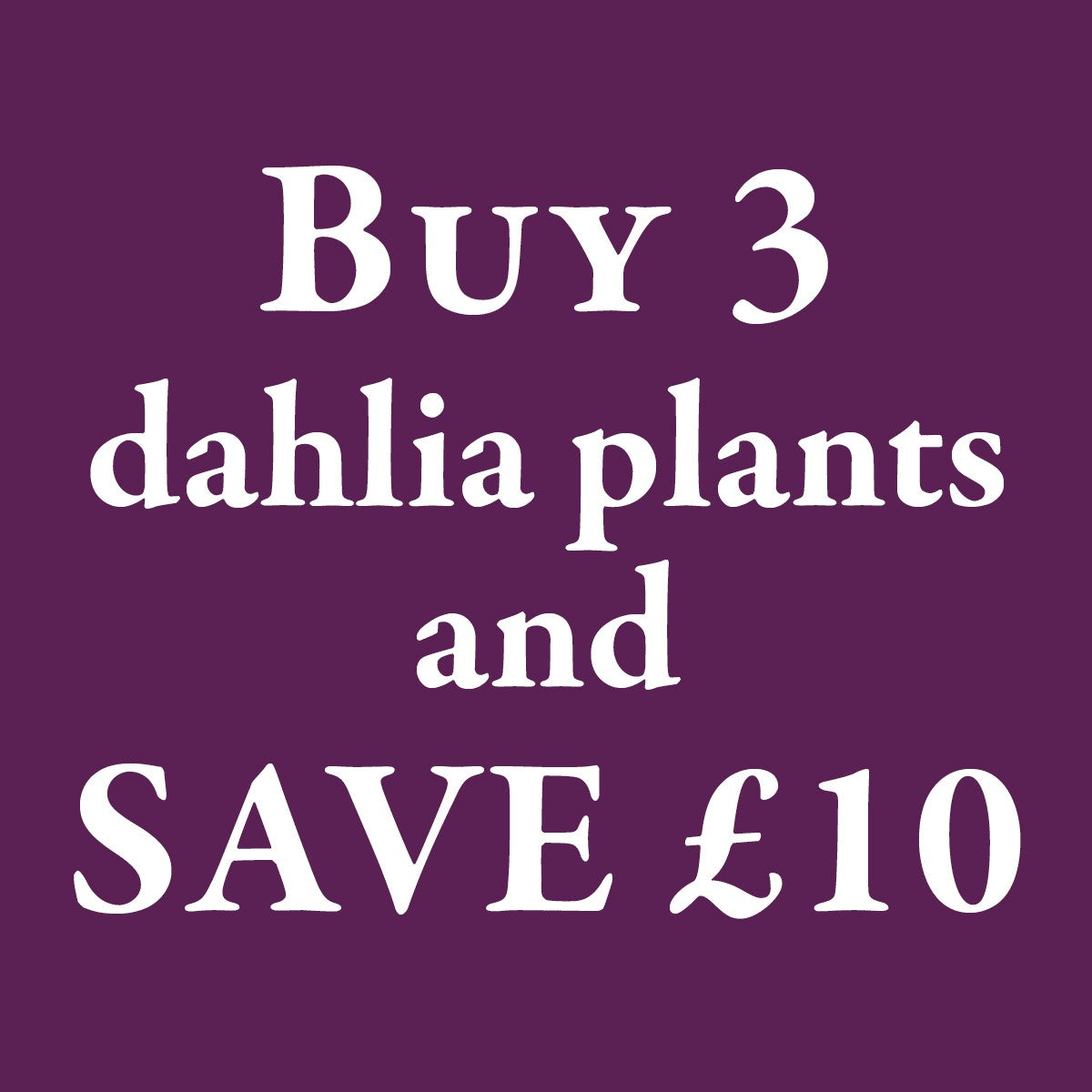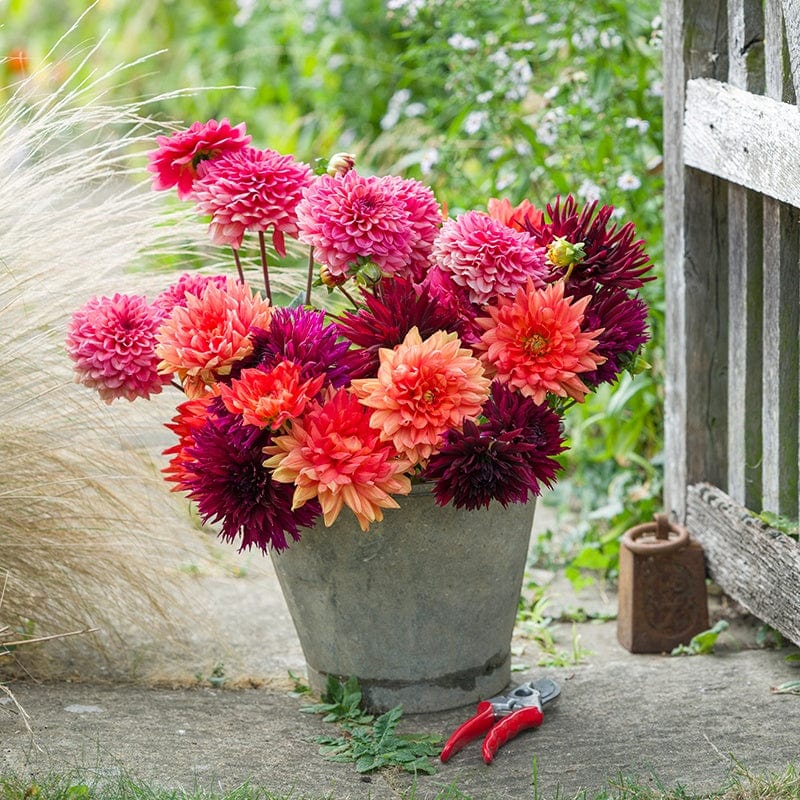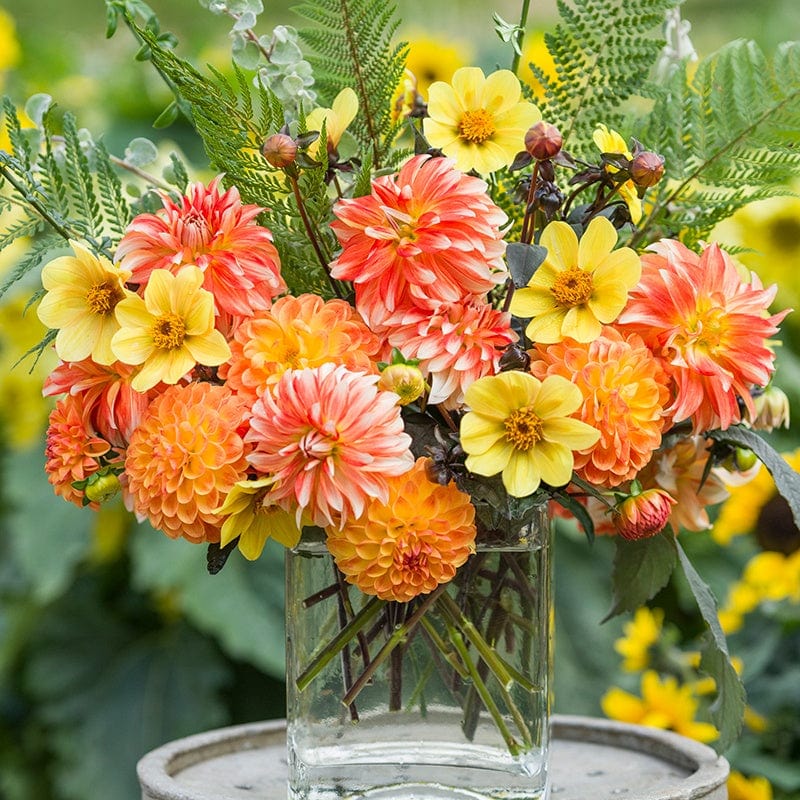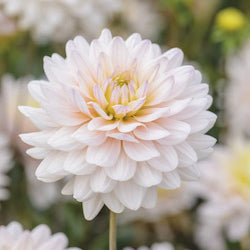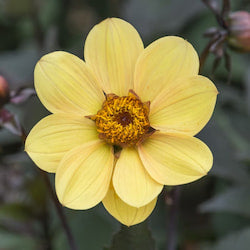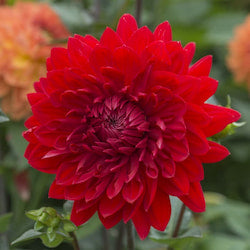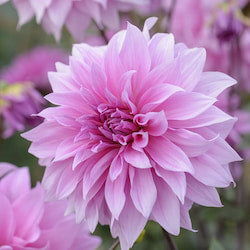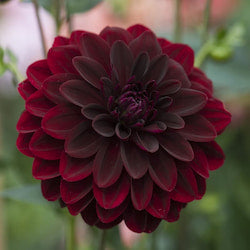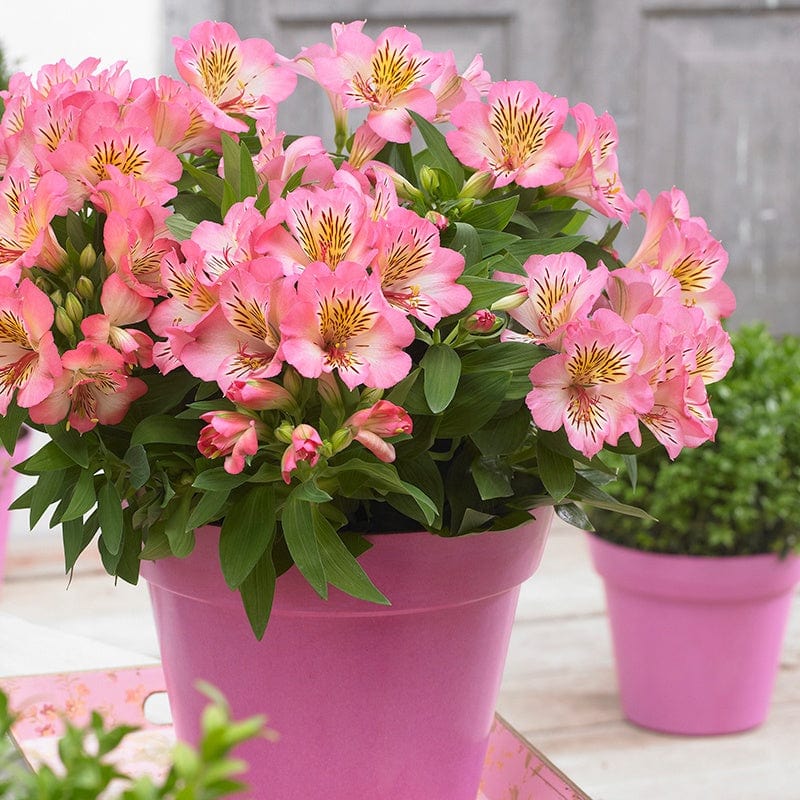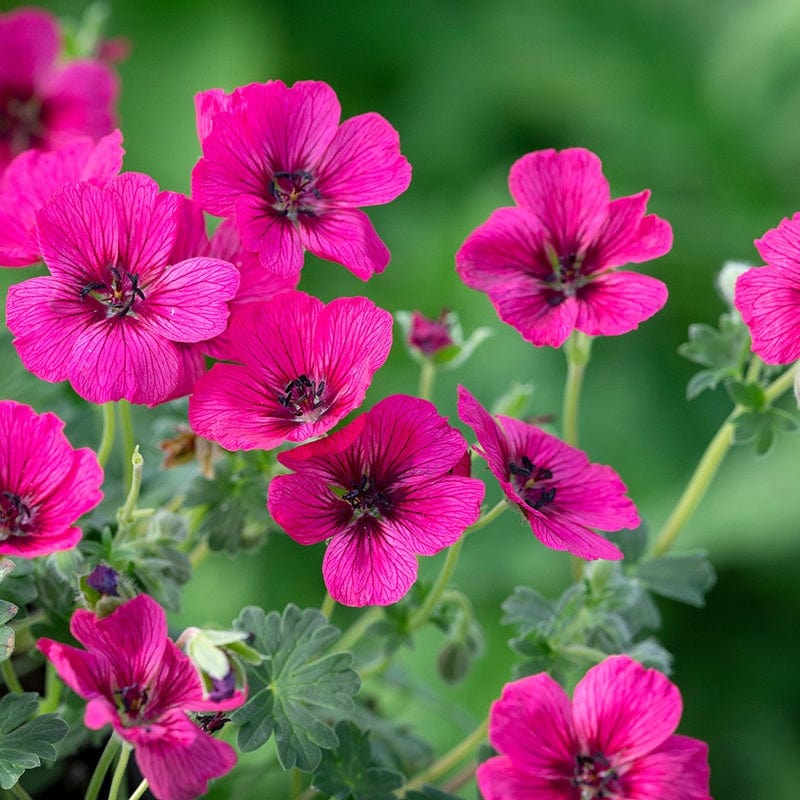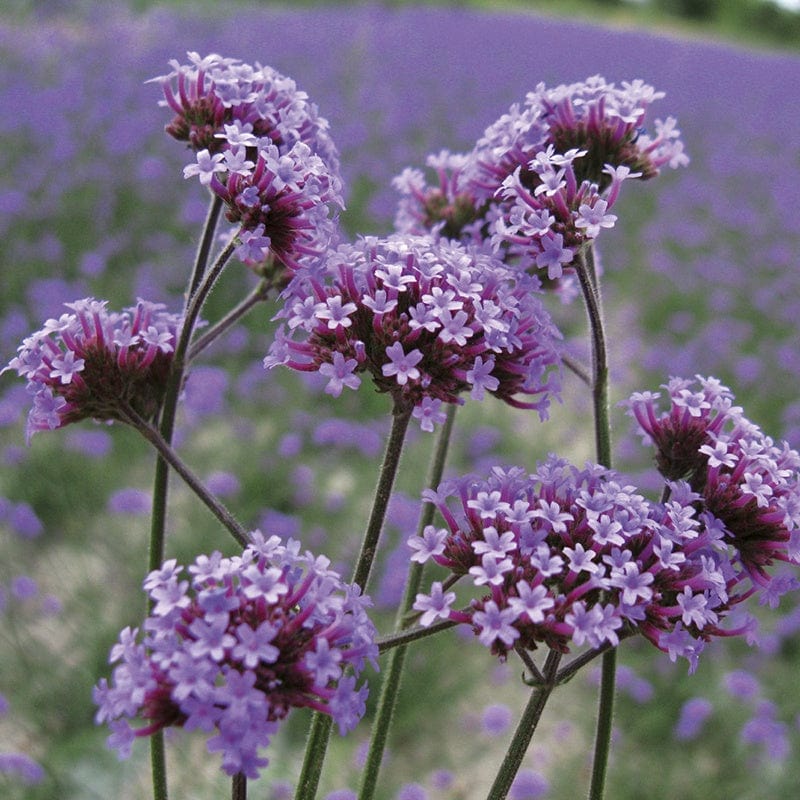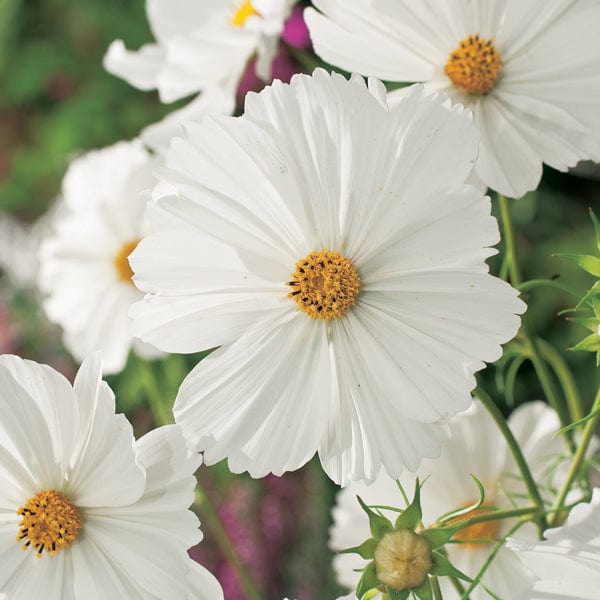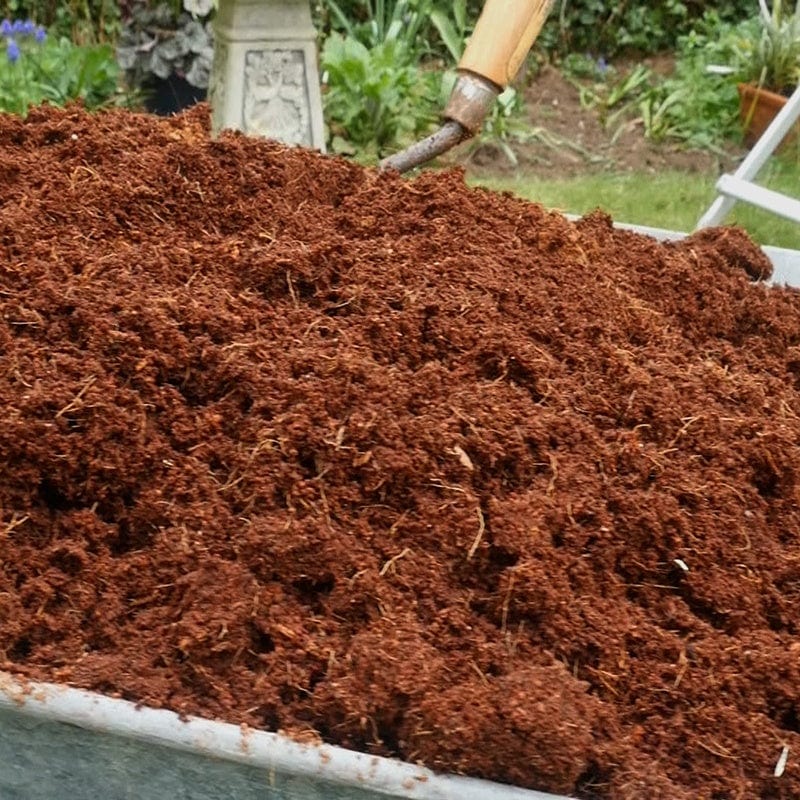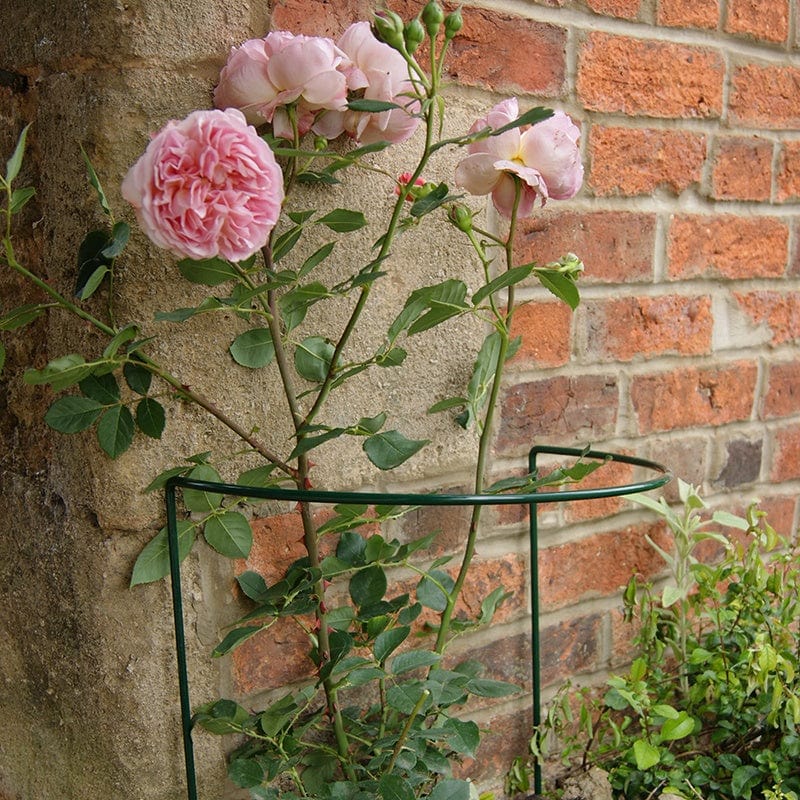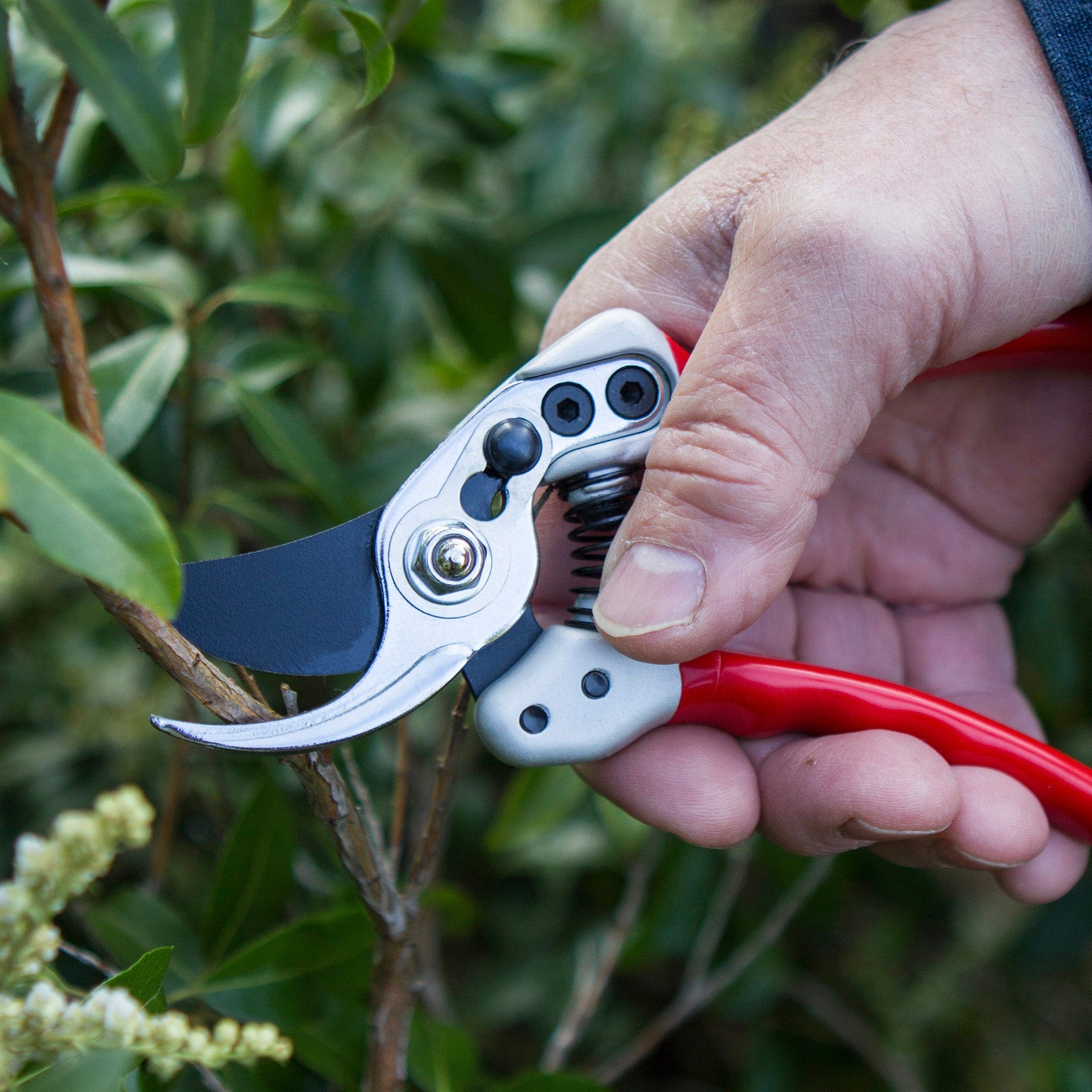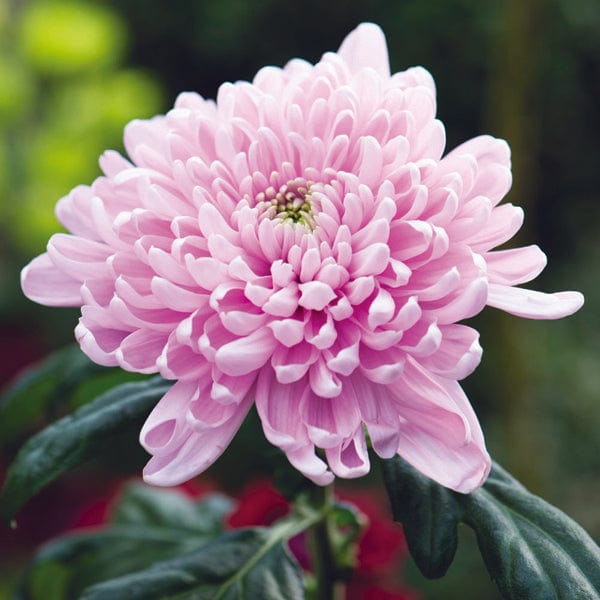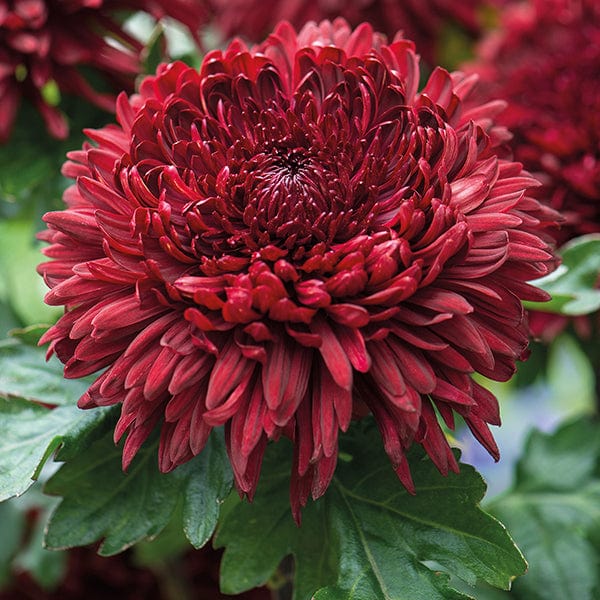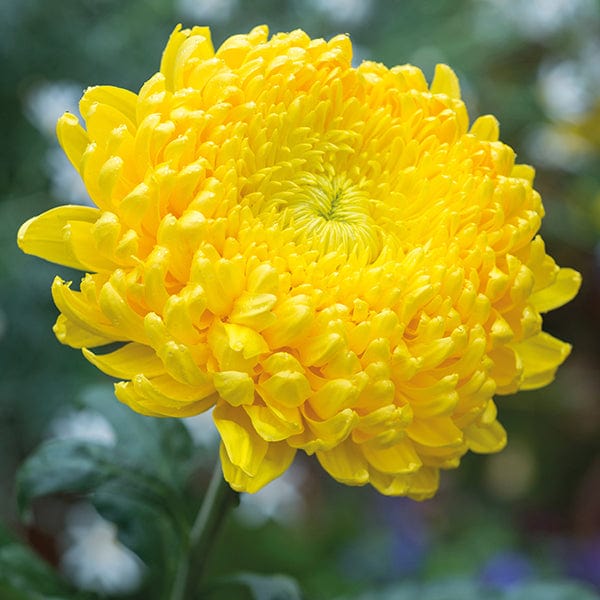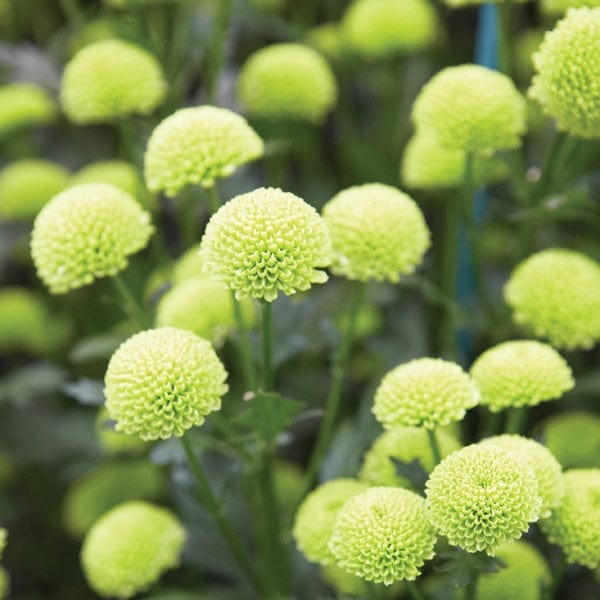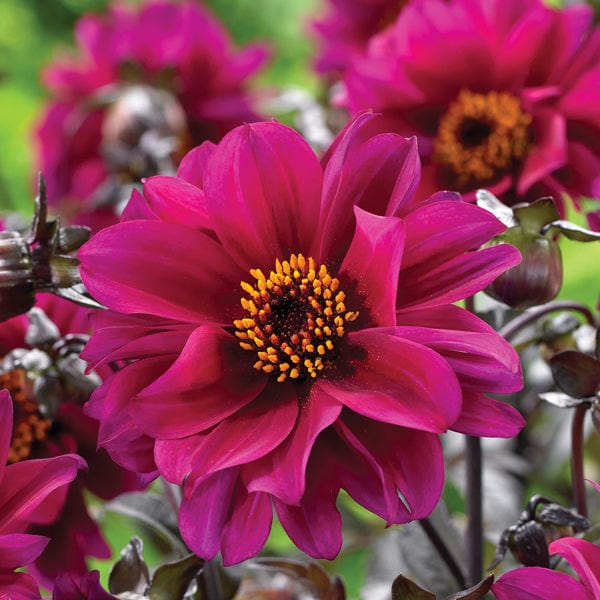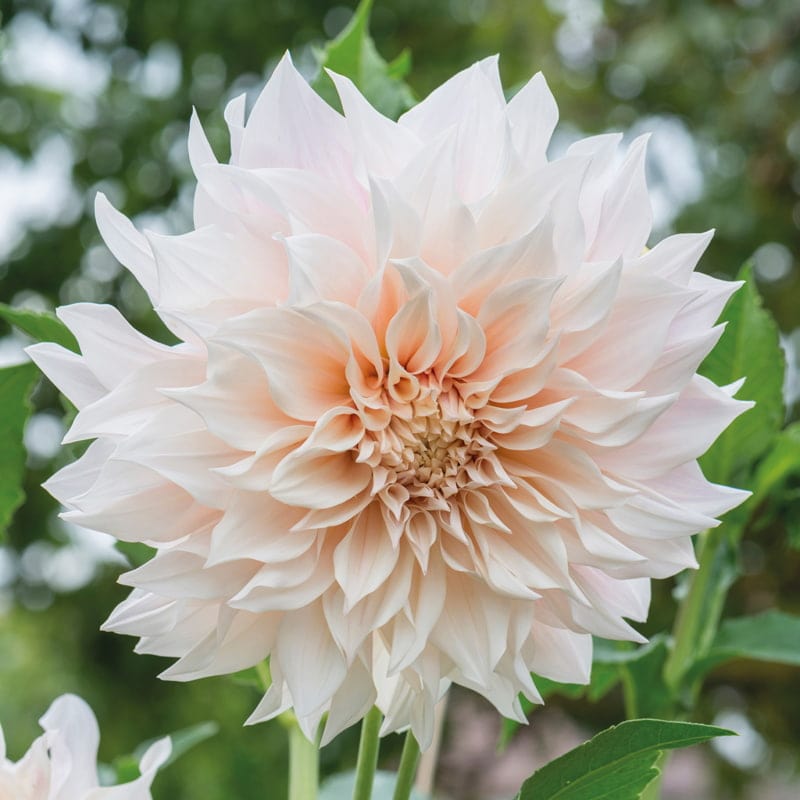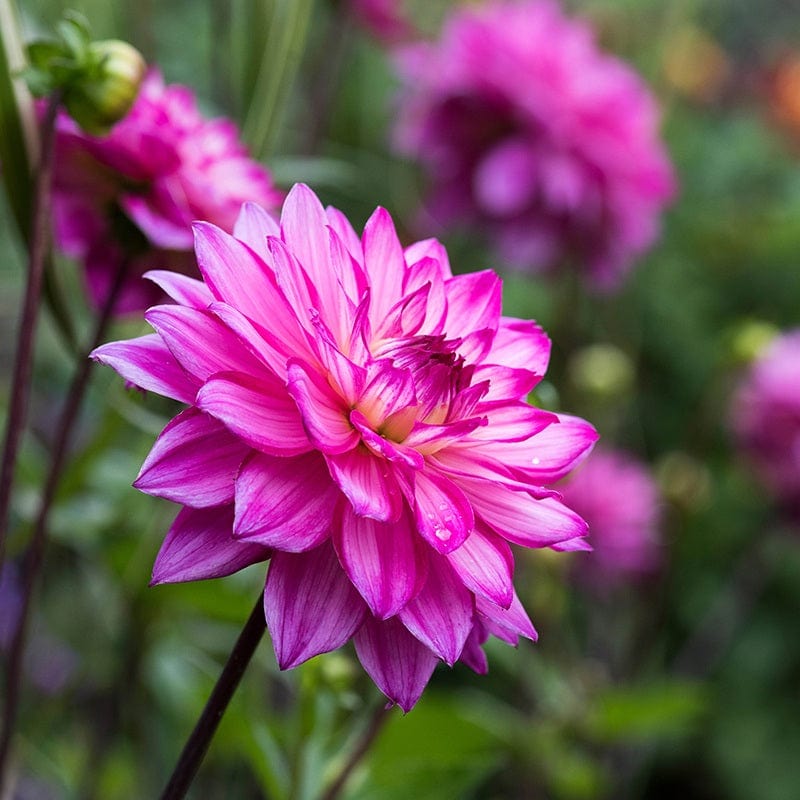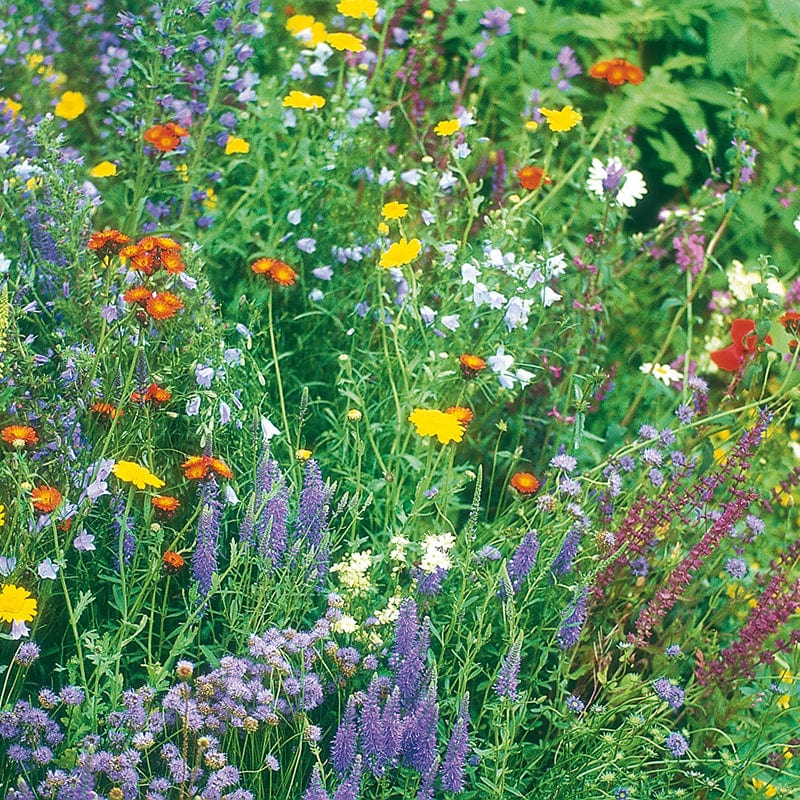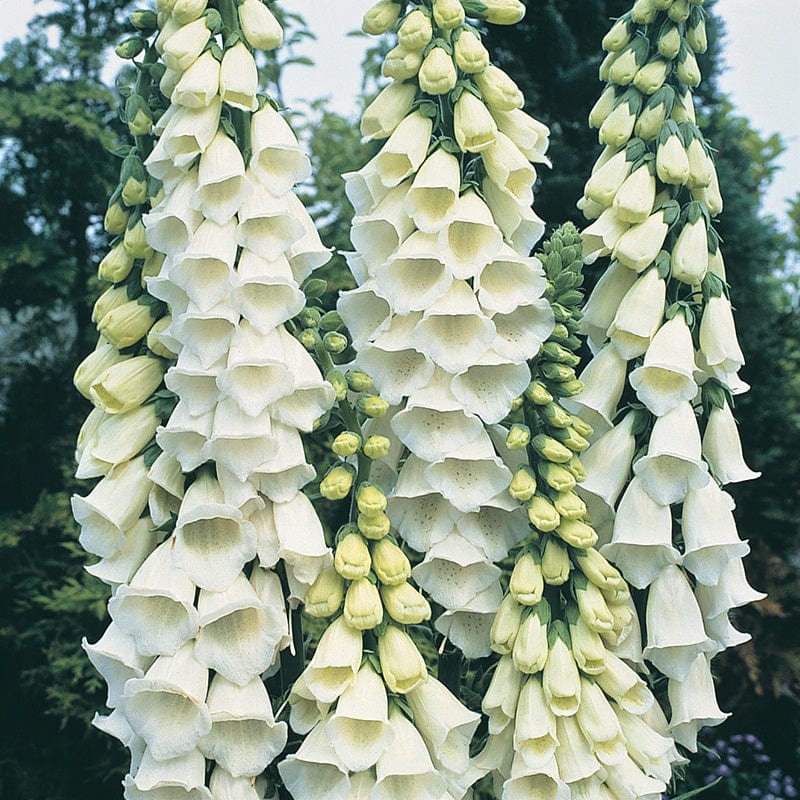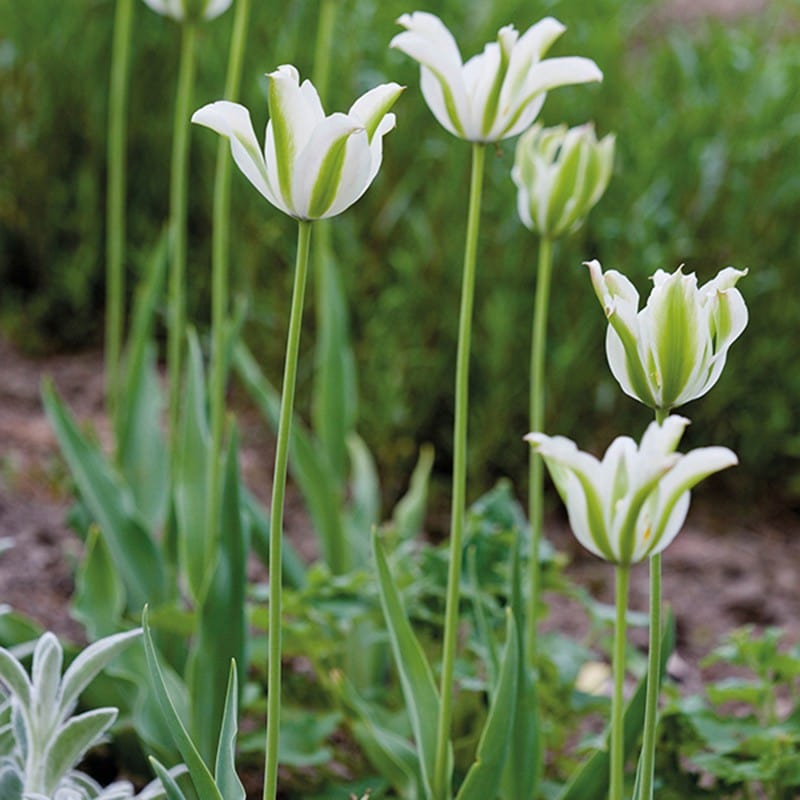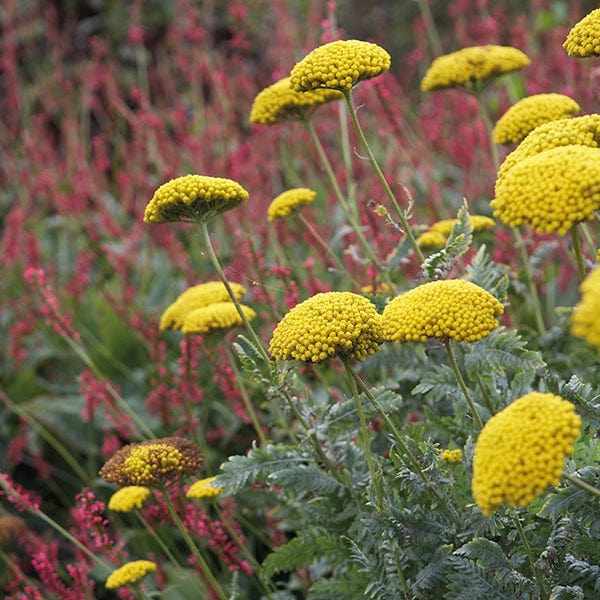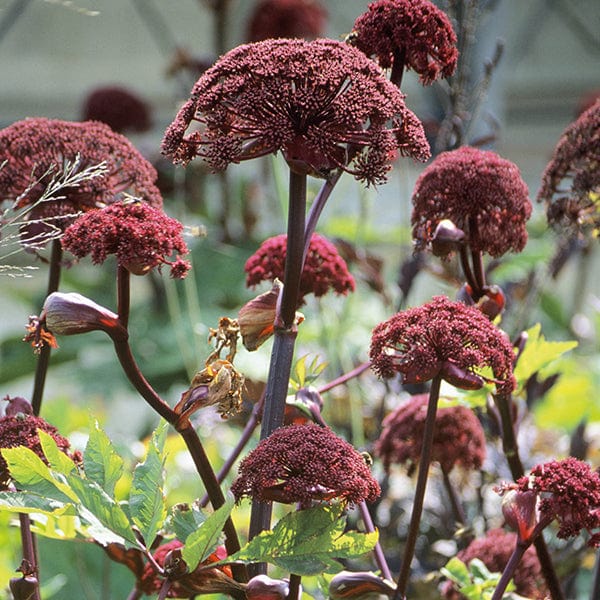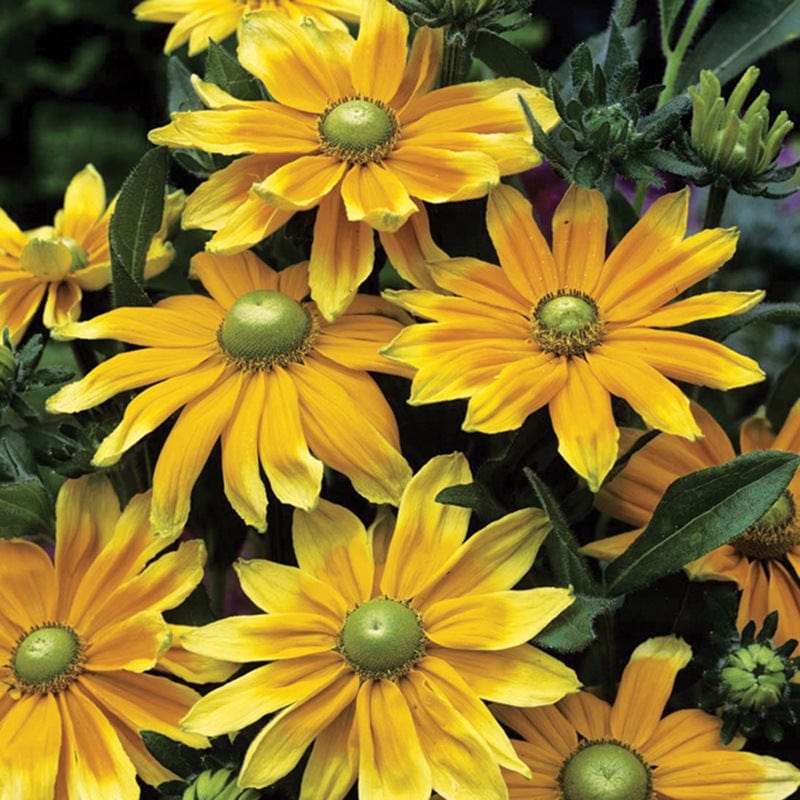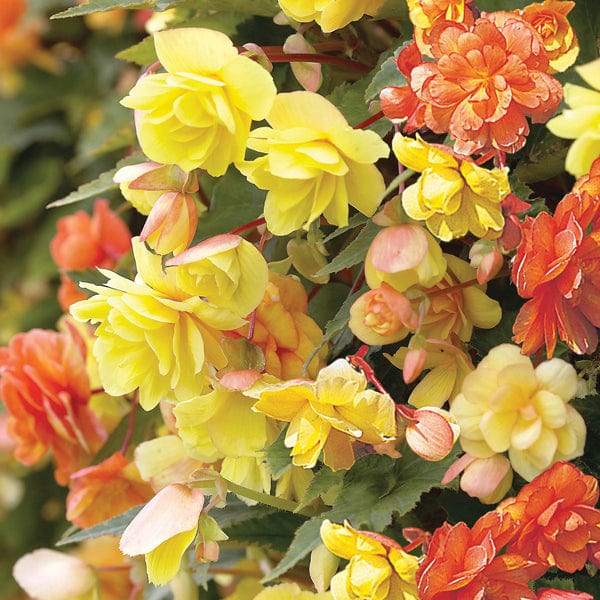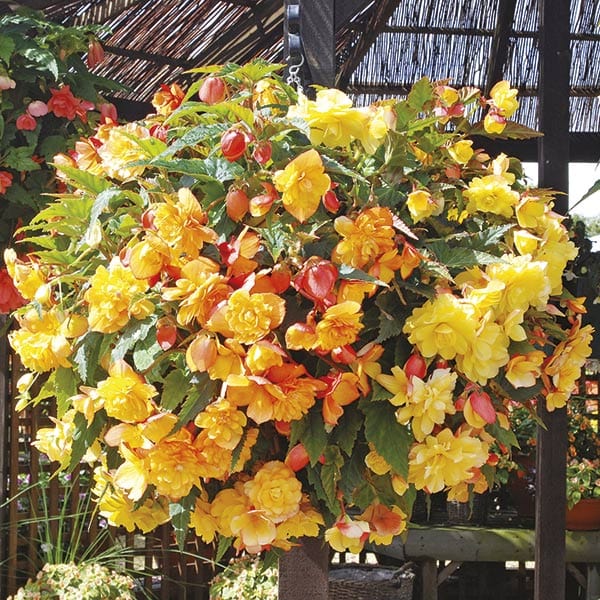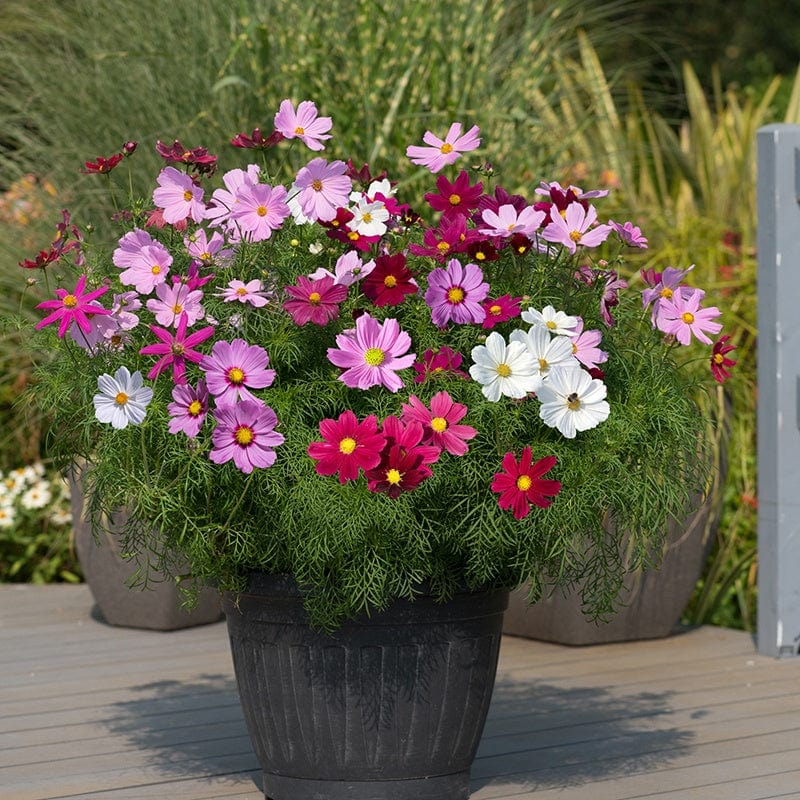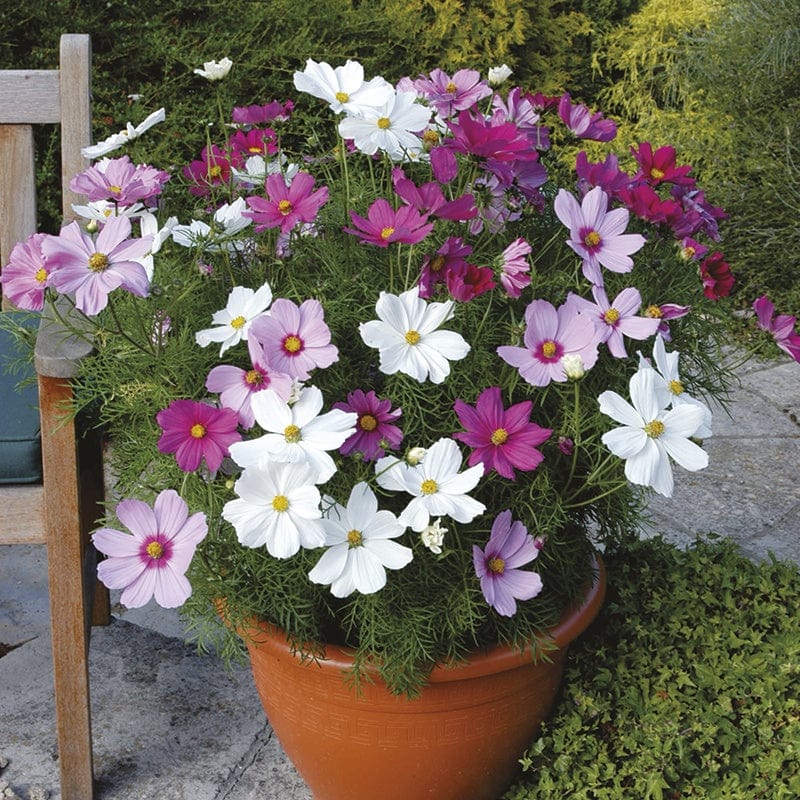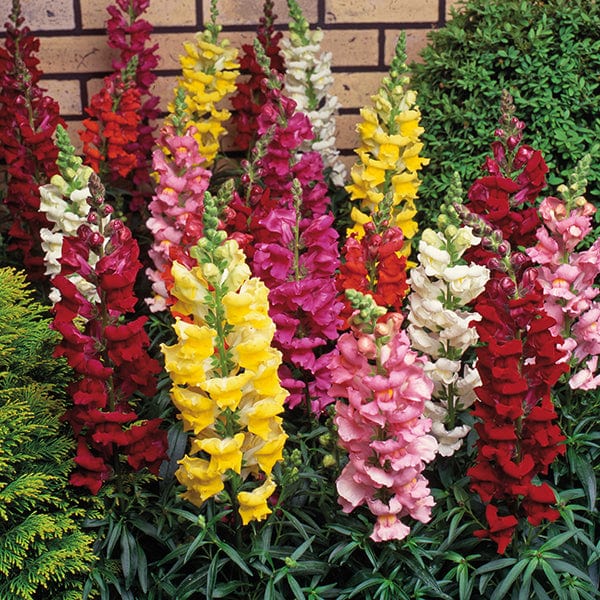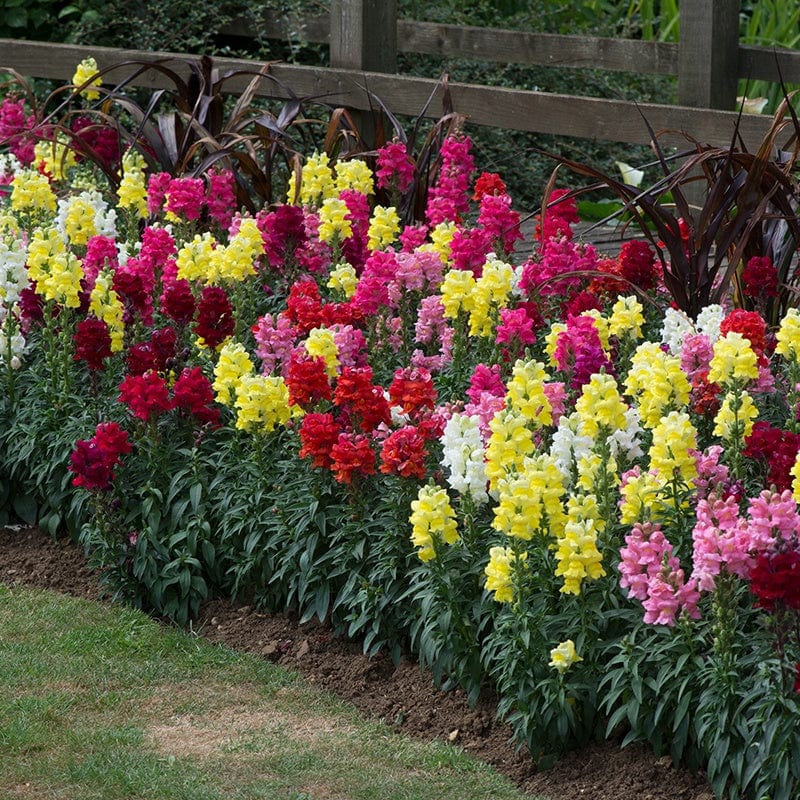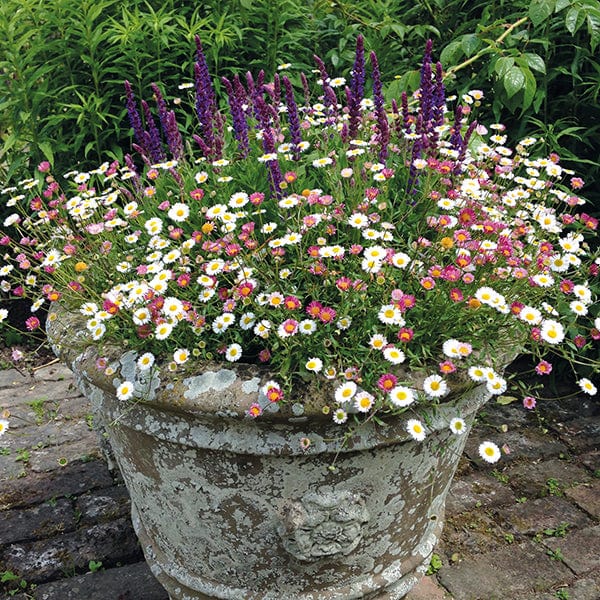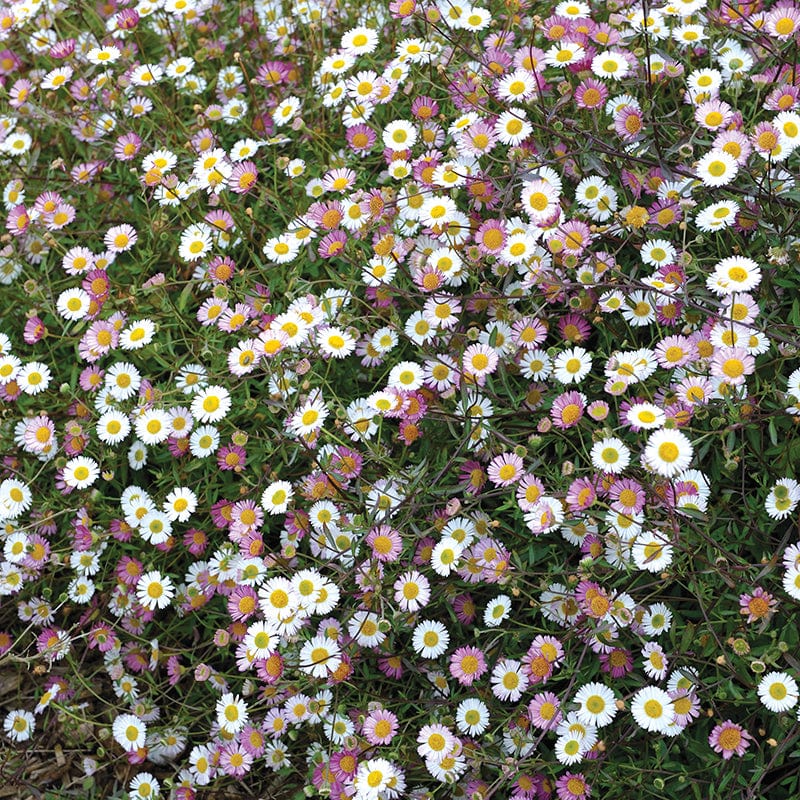It is estimated that bees and other pollinating insects are responsible for approximately 80% of worldwide pollination, which includes most fruits, vegetables, trees and flowers.
With evidence to suggest that bee populations are in decline, we all need to do as much as we can to make our gardens a haven for pollinators, providing them with nectar and pollen, as well as places to nest. Nectar gives them the energy to fly and go about their daily functions while pollen provides protein and fat for developing young.When we think of bees, we probably think of honeybees and bumblebees, but there are approximately 270 species of bee in the UK, 250 of which are solitary bees that are incredibly effective pollinators.
A diverse mix…
Planting a diverse mix of varieties helps to provide nectar and pollen from spring through to autumn and don’t forget the winter months when milder days can tempt bees out into the sunshine in search of nourishment.
Single or double?
When choosing varieties to grow in your garden, single, open flowers are favoured by bees because they can access the nectar and pollen easily. Double flowers often don’t produce any nectar!
Colours and flower shapes…
Colour choice and flower shape is also important, bees can see purple more clearly than other colours and long-tongued bees prefer tubular flowers such as foxgloves, penstemons and snapdragons. Short-tongued bees prefer shallow, open flowers such echinacea, helenium and scabious. Lavender is a particular magnet for bees providing food during the June gap, when bees are at their hungriest and there are fewer pickings.
Native or non-native?
English cottage garden style plants and native varieties with simple single flowers are best for bees, as they tend to contain more pollen and nectar than exotics or plants with complex blooms. Although exotic plants can help to extend the season and the more varieties you plant, whether native or non-native, the greater number of pollinators you will attract and support.
Water and bee houses…
Consider providing a shallow water source for bees to drink from, a saucer filled with marbles or stones for example, and install bee houses for solitary bees to nest in.

